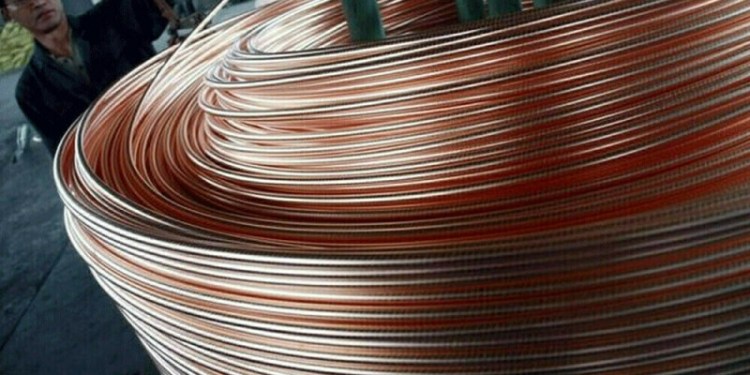 © Reuters. Federal Reserve Board Chairman Jerome Powell takes a seat before a Senate Banking Housing and Urban Affairs Committee hearing
© Reuters. Federal Reserve Board Chairman Jerome Powell takes a seat before a Senate Banking Housing and Urban Affairs Committee hearingBy Howard Schneider
WASHINGTON (Reuters) – Federal Reserve Chairman Jerome Powell said on Thursday the U.S. economy does not appear to be running hot, even as the influential head of the New York Fed suggested a faster pace of interest rate increases may still be in the offing for 2018.
“There is no evidence the economy is overheating,” Powell told the Senate Banking Committee in his second appearance in Congress this week, saying he expects the Fed to stick with a “gradual” pace of monetary policy tightening.
But in remarks at an event in Sao Paulo, Brazil, New York Fed President William Dudley said “gradual” could still apply to a scenario in which borrowing costs were raised four times this year, instead of the three moves Fed policymakers projected when they issued their last set of economic projections in December.
Yet the Fed officials’ comments were overshadowed by President Donald Trump’s announcement of a plan to raise tariffs on steel and aluminum imports, the sort of move Fed policymakers have warned about since the Republican took office last year.
Such action, and the risk of retaliation by trading partners, could cloud the U.S. economic outlook and derail the global recovery currently benefiting the United States.
Traders of federal funds futures trimmed bets on a fourth rate increase this year after Trump’s announcement. U.S. stock indexes fell sharply, with the S&P 500 () index down about 1.3 percent in a third consecutive day of losses.
In his testimony, Powell described trade as a “net positive” while conceding it created some losers in the economy, and said “the tariff approach is not the best approach. The best approach is to deal directly with the people who are affected rather than falling back on tariffs.”
The Fed is expected to increase rates at its March 20-21 policy meeting. Policymakers will also issue fresh forecasts that will indicate whether the core of the rate-setting Federal Open Market Committee has shifted its view.
‘APPROPRIATE PATH’
Powell’s twin appearances this week showed that he and the rest of the Fed are wrestling over how to square an economy that is strong on many levels, and possibly about to get at least a short-term boost from tax cuts, but still lacks the kind of inflation and wage gains that would prompt faster Fed action on rates.
To some policymakers, the absence of price pressures means the Fed should stand back, wait for wages to gain steam, and give workers a chance to make up ground lost due to the 2007-2009 financial crisis and its aftermath even at the risk of faster inflation in the future.
“Similar numbers of participants see upside risk to the outlook and downside risks on inflation,” analysts from Barclays (LON:) wrote in a recent note. “If policy is to move faster, or slower, one of these groups needs to gain additional members.”
Earlier on Thursday, the Commerce Department reported that consumer prices increased in January, with a gauge of underlying inflation posting its largest gain in 12 months. The report added to the sense that inflation is moving up to the Fed’s 2 percent target.
In prepared remarks for his testimony this week, Powell pledged to “strike a balance” between avoiding any rapid rise in prices while keeping the recovery on track in the hope that the tight job market finally produces significant wage gains.
He also acknowledged, in response to lawmakers’ questions, that the labor market may have room to strengthen further, given uncertainty about the level of “full employment,” a concept generally associated with faster rising wages and prices.
Though the current U.S. unemployment rate of 4.1 percent was “at or near or even below” many estimates of the full employment rate, “we don’t see any evidence of a decisive move up in wages … Nothing in that suggests to me that wage inflation is at a point of acceleration,” Powell told the Senate panel on Thursday.
Powell said risks are “more two-sided” now than early in the recovery, adding that “the thing we don’t want to have happen is to get behind the curve.”
But he said at this point the Fed could continue “to gradually raise interest rates … That is the path we have been on and my expectation is that will continue to be the appropriate path.”
Since Powell’s appearance before the House of Representatives Financial Services Committee on Tuesday, markets have been looking for clarity over whether the Fed will accelerate the pace of its rate increases this year.
Powell’s bullish comments about the economy on Tuesday sparked a jump in U.S. bond yields and drop in stocks.
Source: Investing.com




























